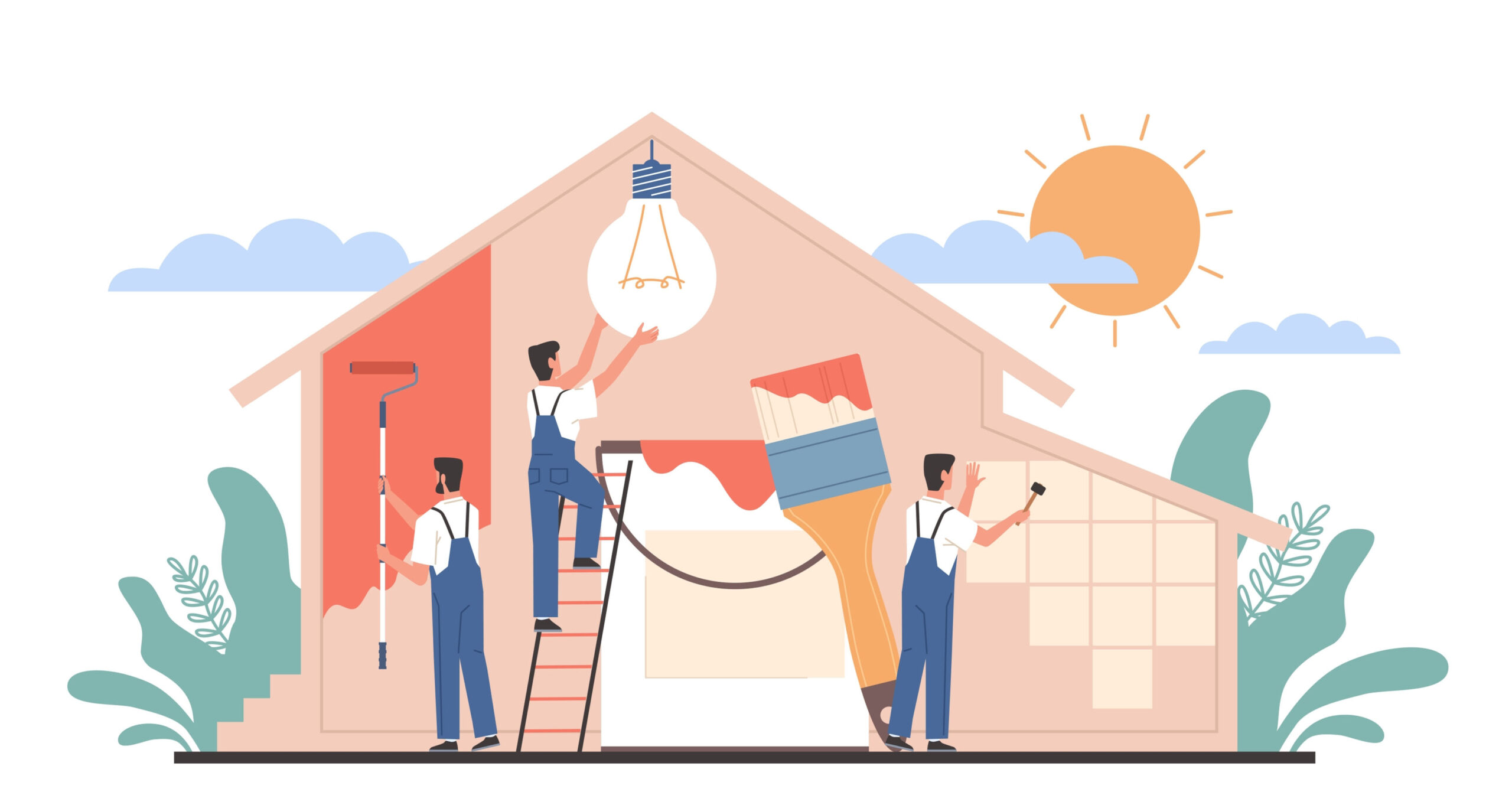Managing a condominium community often comes with a deceptively simple question: “Who’s responsible for this repair?” The answer, however, is rarely straightforward.
While most assume that homeowners are responsible for their own units, the division of responsibility between the homeowner and the condominium association (HOA) depends entirely on the language in the community’s recorded use restrictions (Declaration/CC&R’s), Arizona law, and occasionally the circumstances surrounding the damage or repair.
Every set of CC&Rs is different. For some, the “unit” stops at the interior drywall and only includes the paint, wallpaper or wall coverings, while others stop at the studs and include the drywall itself as part of the unit. Similarly, limited common elements may be the homeowner’s or the HOA’s responsibility depending on how they’re defined in the governing documents.
Complicating matters further is A.R.S. § 33-1255(C), Arizona’s “pass-through” statute. This provision allows HOA’s to allocate the costs of certain repairs for which the association is responsible for, to only the units that benefit from them, but only under the right circumstances. Determining whether this statute applies requires careful legal and factual analysis of the CC&R’s, repair type, and affected units.
The Responsibility Chart: A Board Member’s & Director’s Best Friend
To streamline operations and ensure consistent guidance, developing a responsibility chart, or maintenance matrix, can be a game-changer. Creating a matrix that outlines who maintains, repairs, insures, and pays for each major component—from interior walls and roofs to plumbing lines and patios—gives managers, boards, and homeowners a quick reference tool for addressing issues as they arise.
While no chart can cover every possible scenario, it can clarify the most common questions and help identify when a deeper review or legal interpretation is needed (such as in cases of owner negligence or overlapping insurance coverage).
Your HOA’s chart might include categories such as:
- Building exteriors (e.g., siding, roofs, paint);
- Plumbing and electrical systems;
- Windows and doors;
- Balconies and patios;
- HVAC units;
- Shared walls and structural supports; and/or
- Common and limited common elements
Special Situations to Consider
- Negligence: If a homeowner causes damage through negligence, the HOA may be able to pursue reimbursement, even if the HOA normally maintains the component damaged.
- Insurance Overlap: In some cases, both the HOA’s and the homeowner’s policies may be triggered by a loss, which can affect who ultimately pays.
- “Pass-Through” Costs: The HOA may be able to allocate certain repair costs to units benefitted by the repairs, but only with proper authority and documentation.
Takeaways for Boards and Managers
Being clear about who is responsible for each component of the community is not just a best practice, it’s essential to good governance, budget planning, and avoiding disputes. By proactively charting responsibilities and understanding your governing documents, your HOA can respond to issues quickly, fairly, and consistently.
If your HOA is looking to create a tailored responsibility chart for your community or need guidance interpreting your CC&Rs, please reach out to the firm for assistance. Call us toll free at (800) 743-9324 or email moc.w1765434270albdh1765434270c@ofn1765434270i1765434270.
The information contained in this article is not intended to be legal advice and is provided for educational purposes only.
